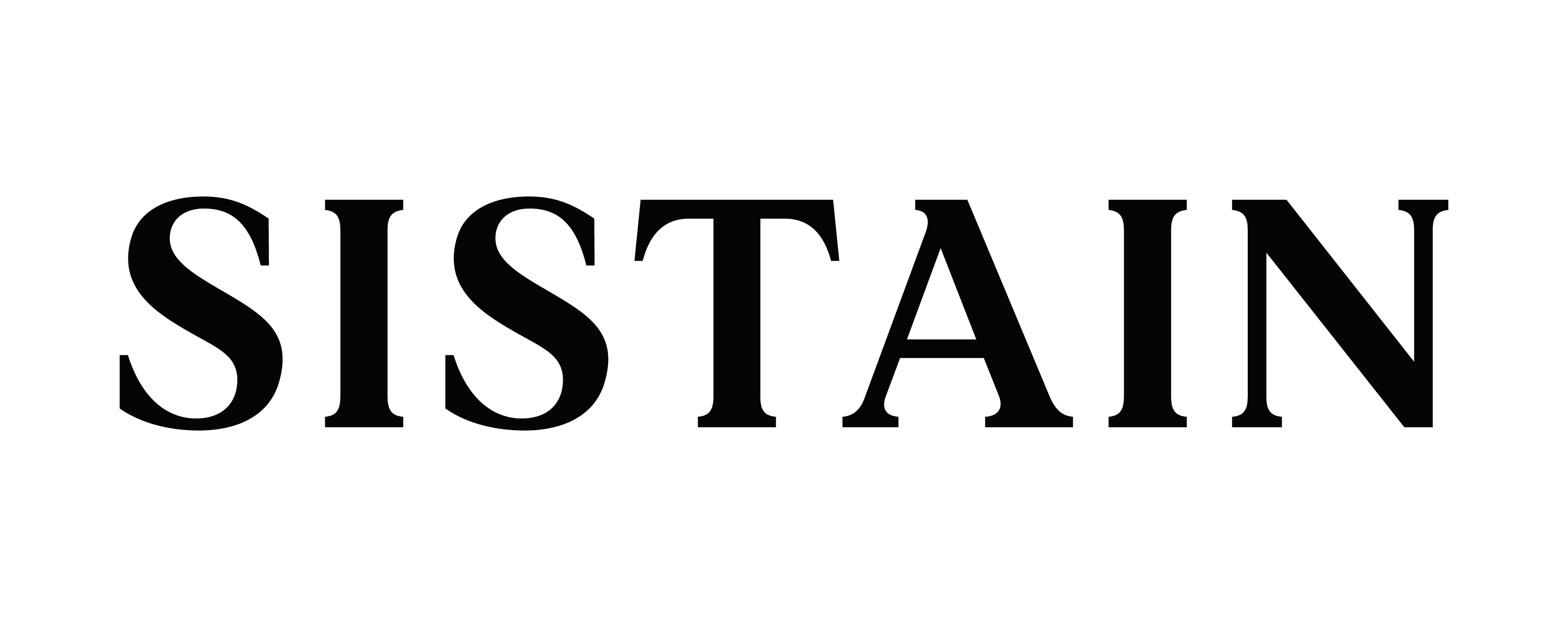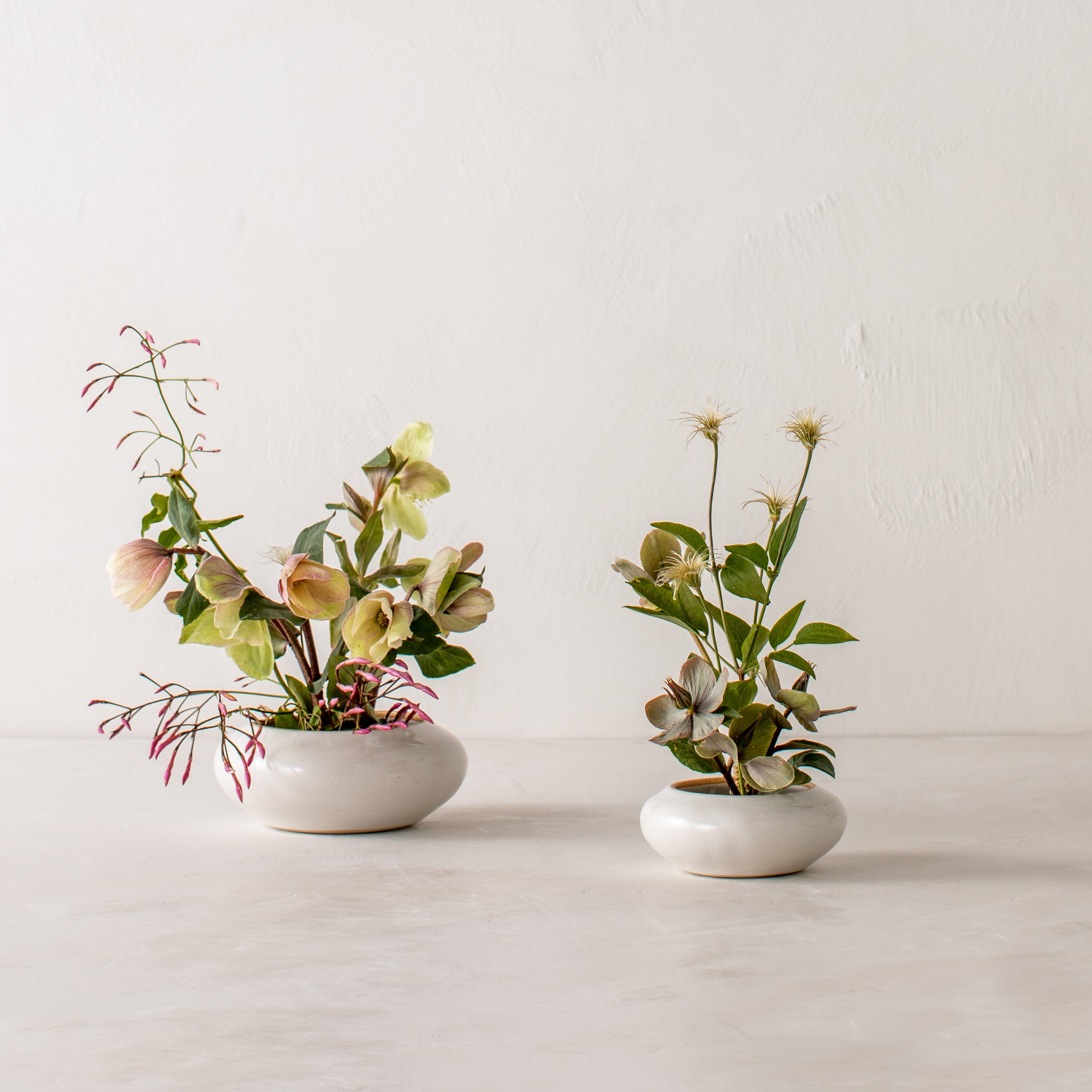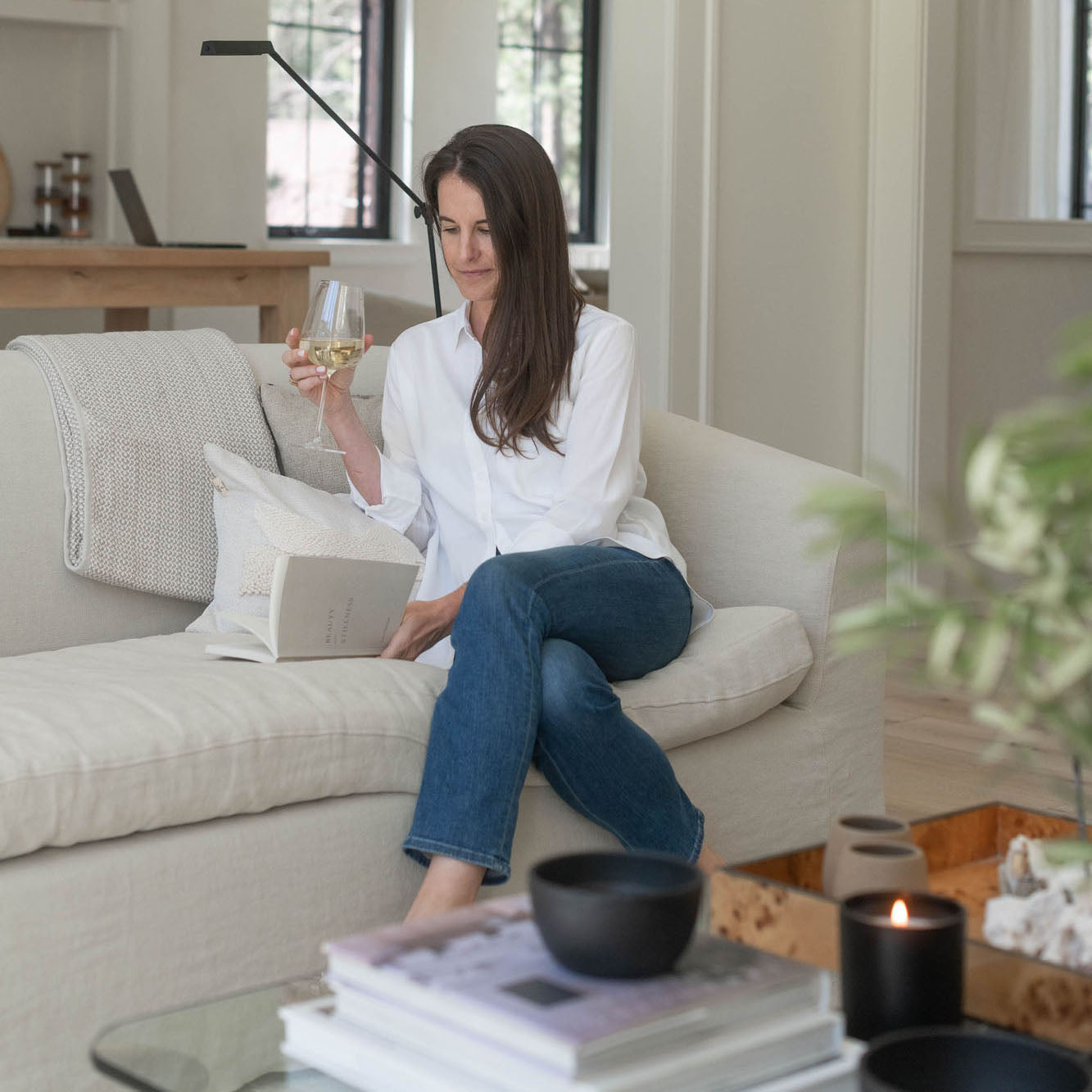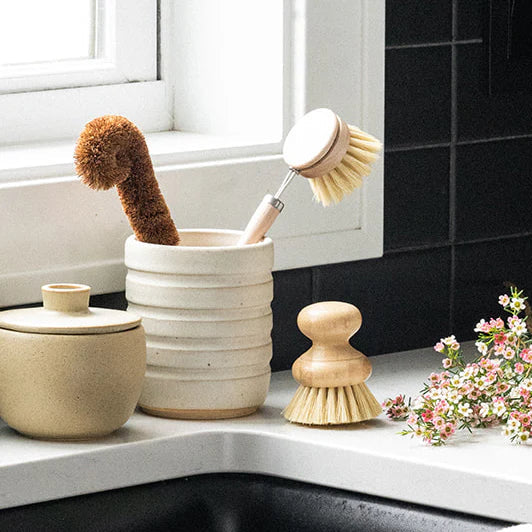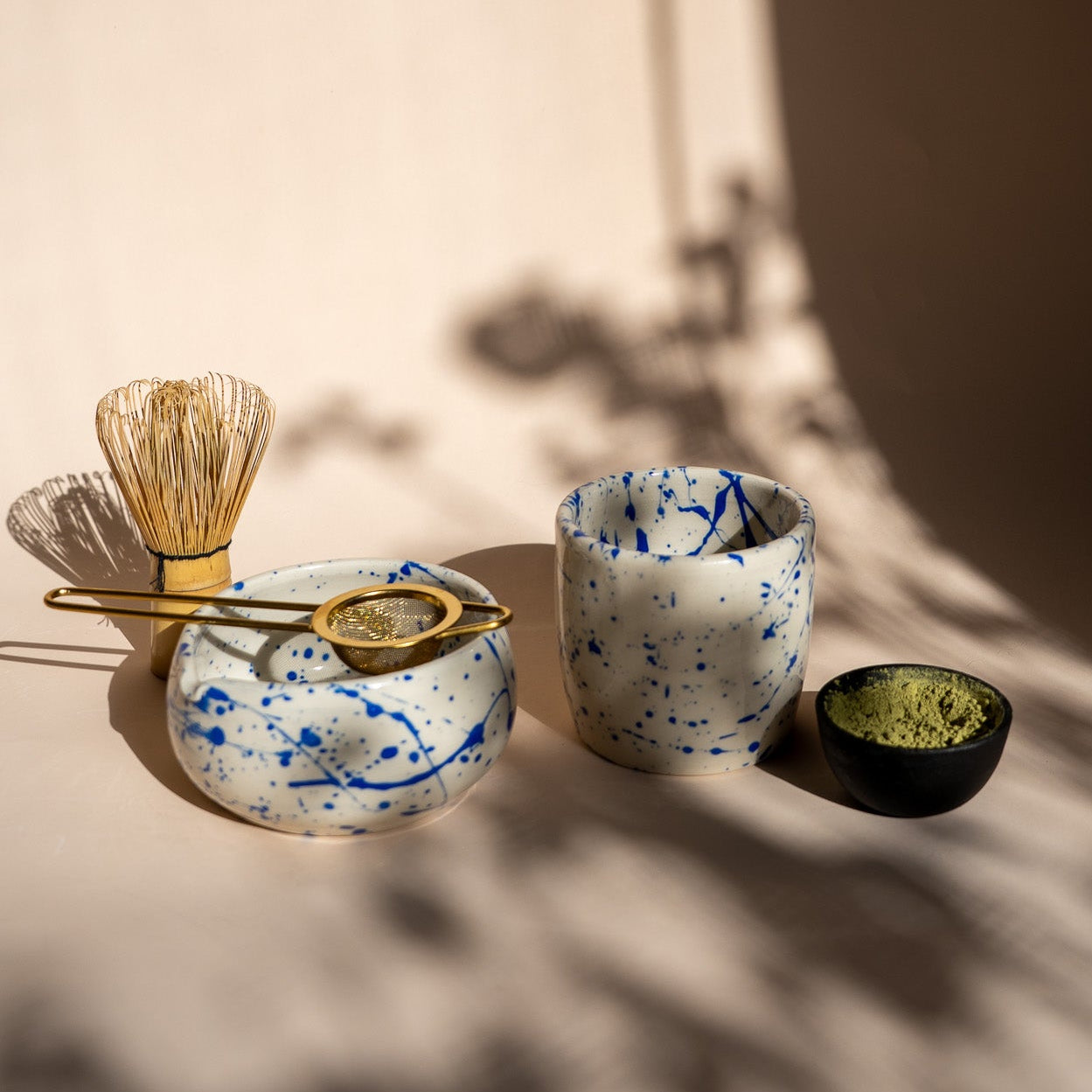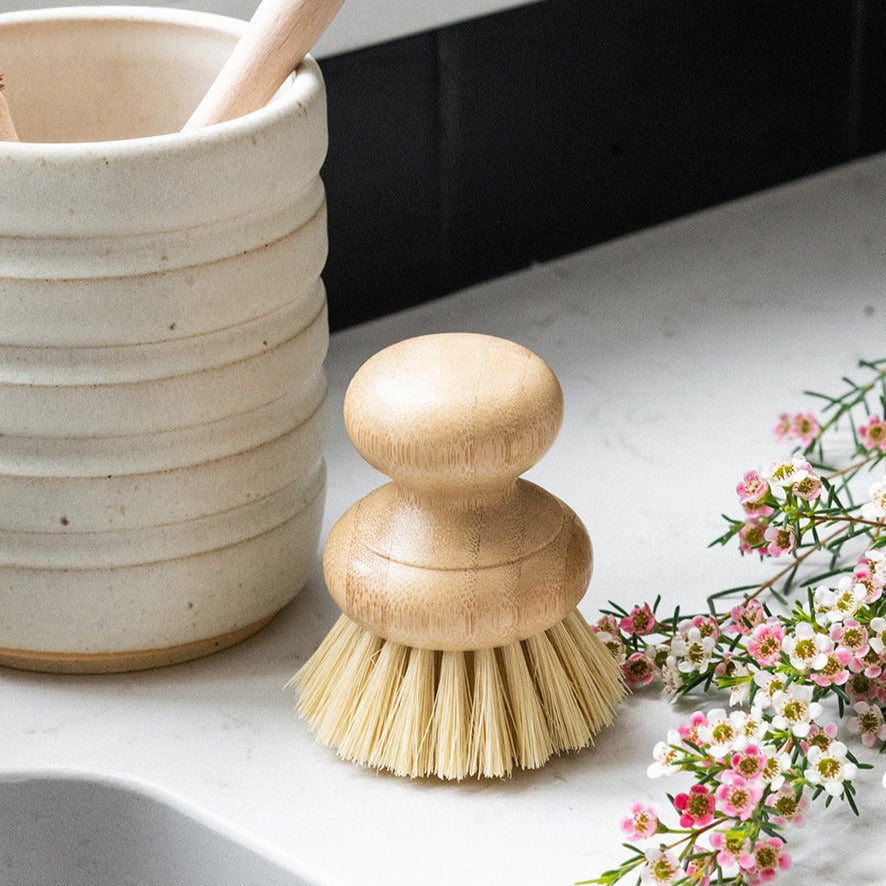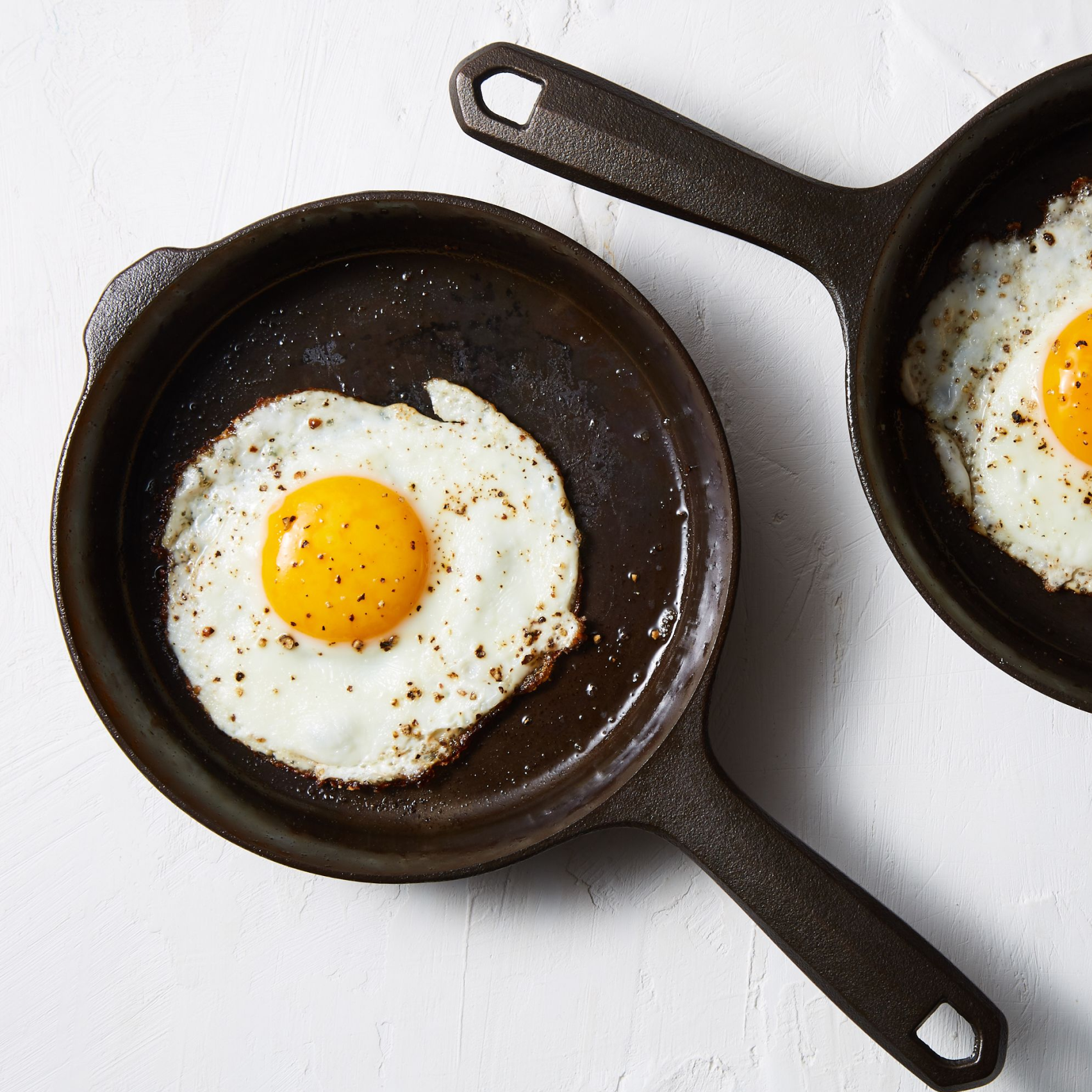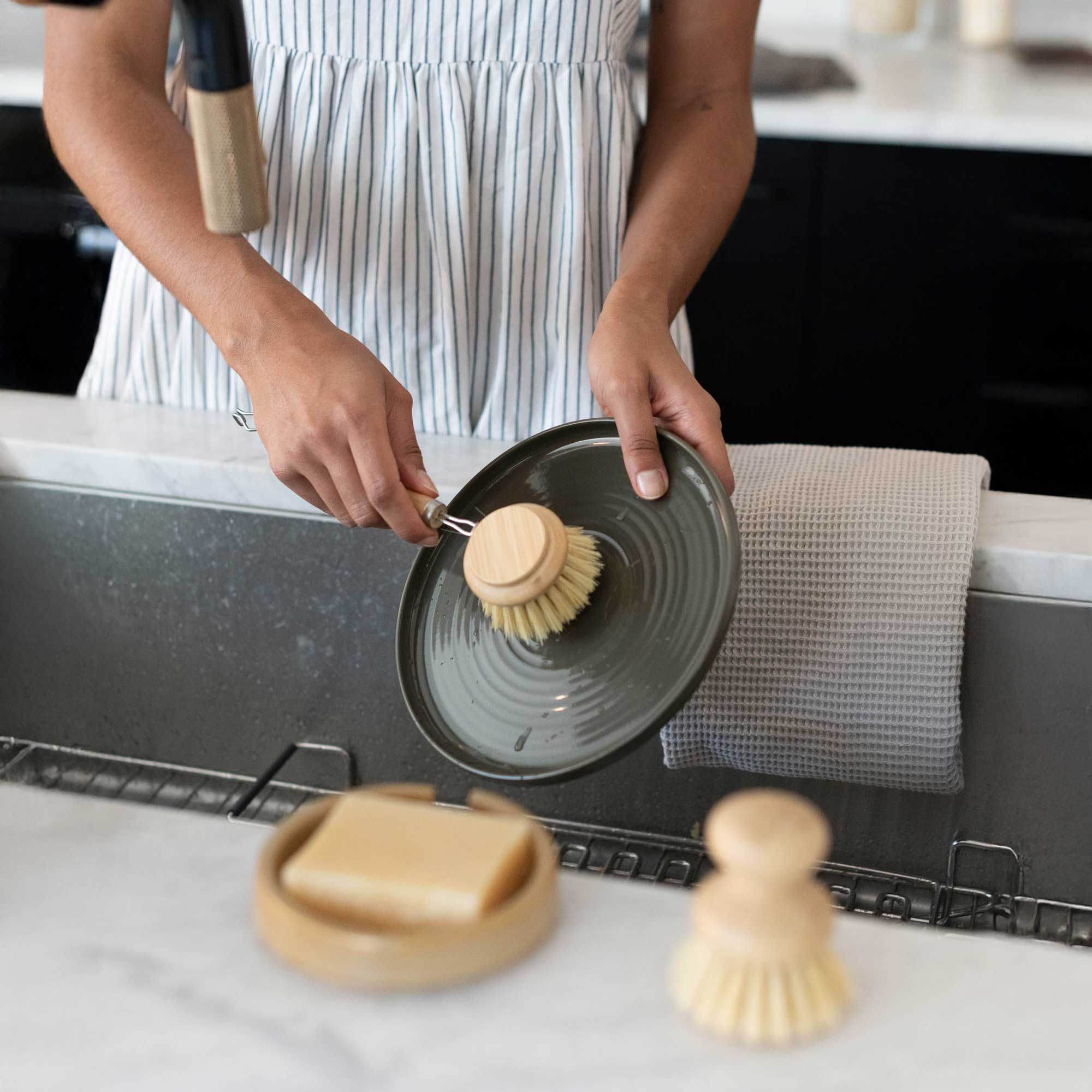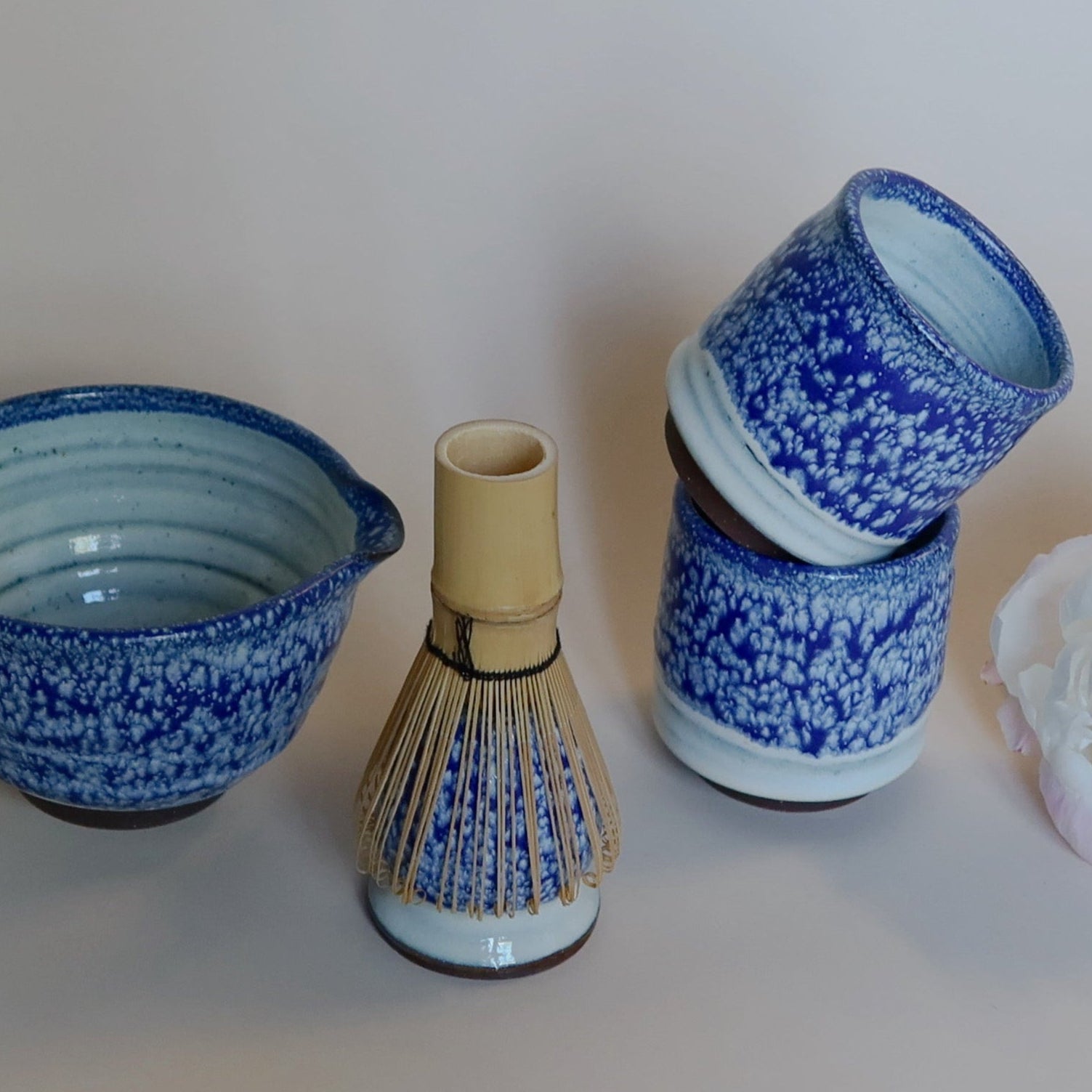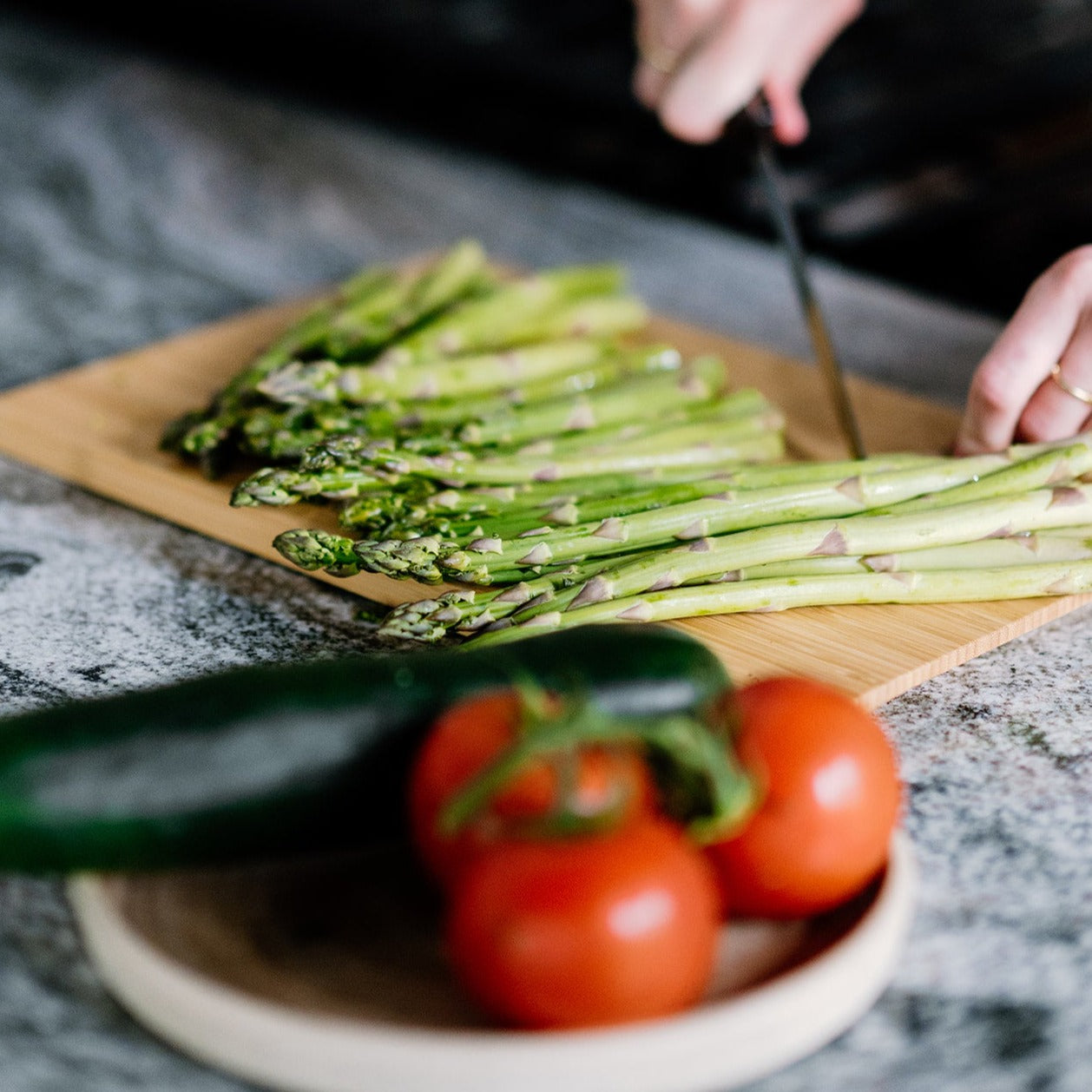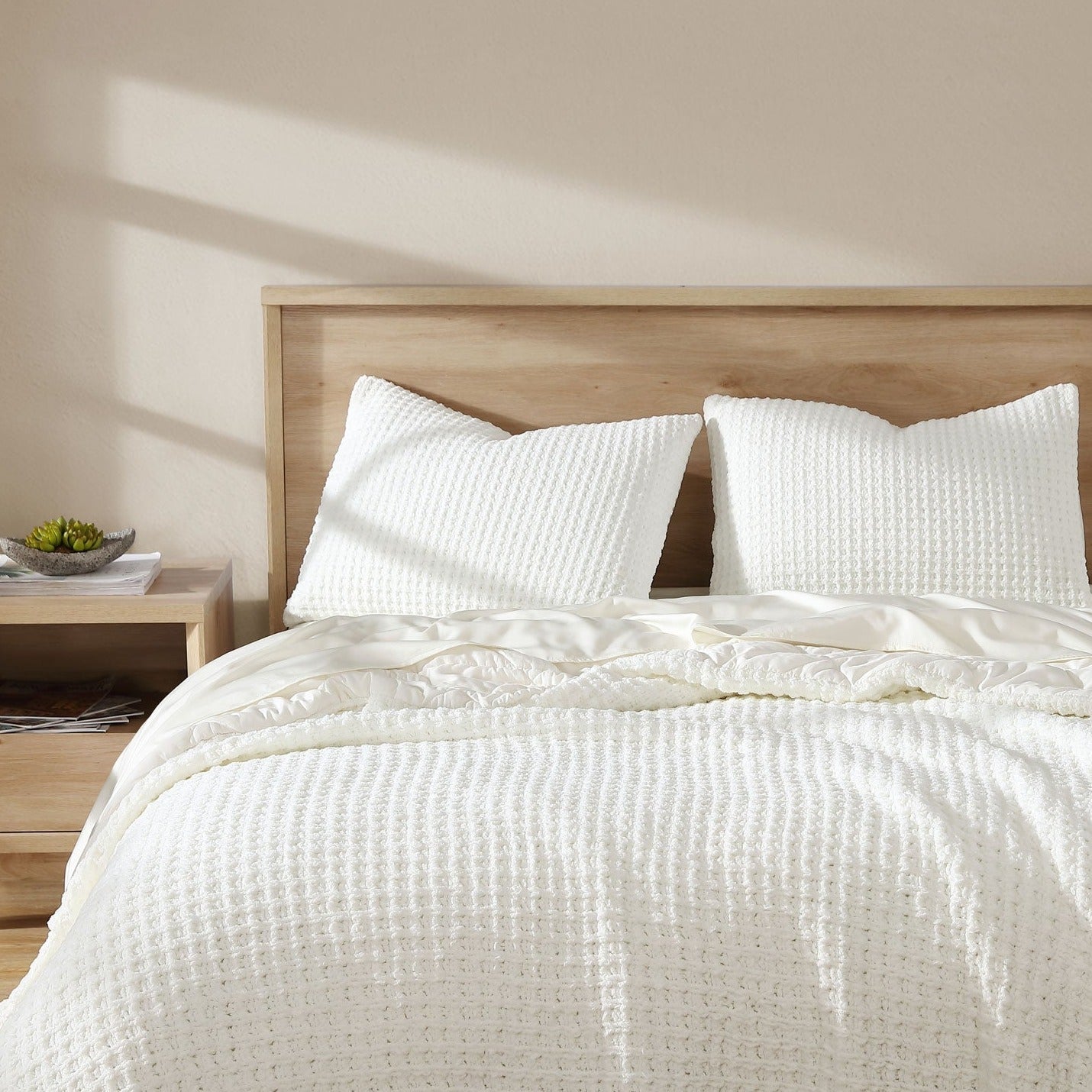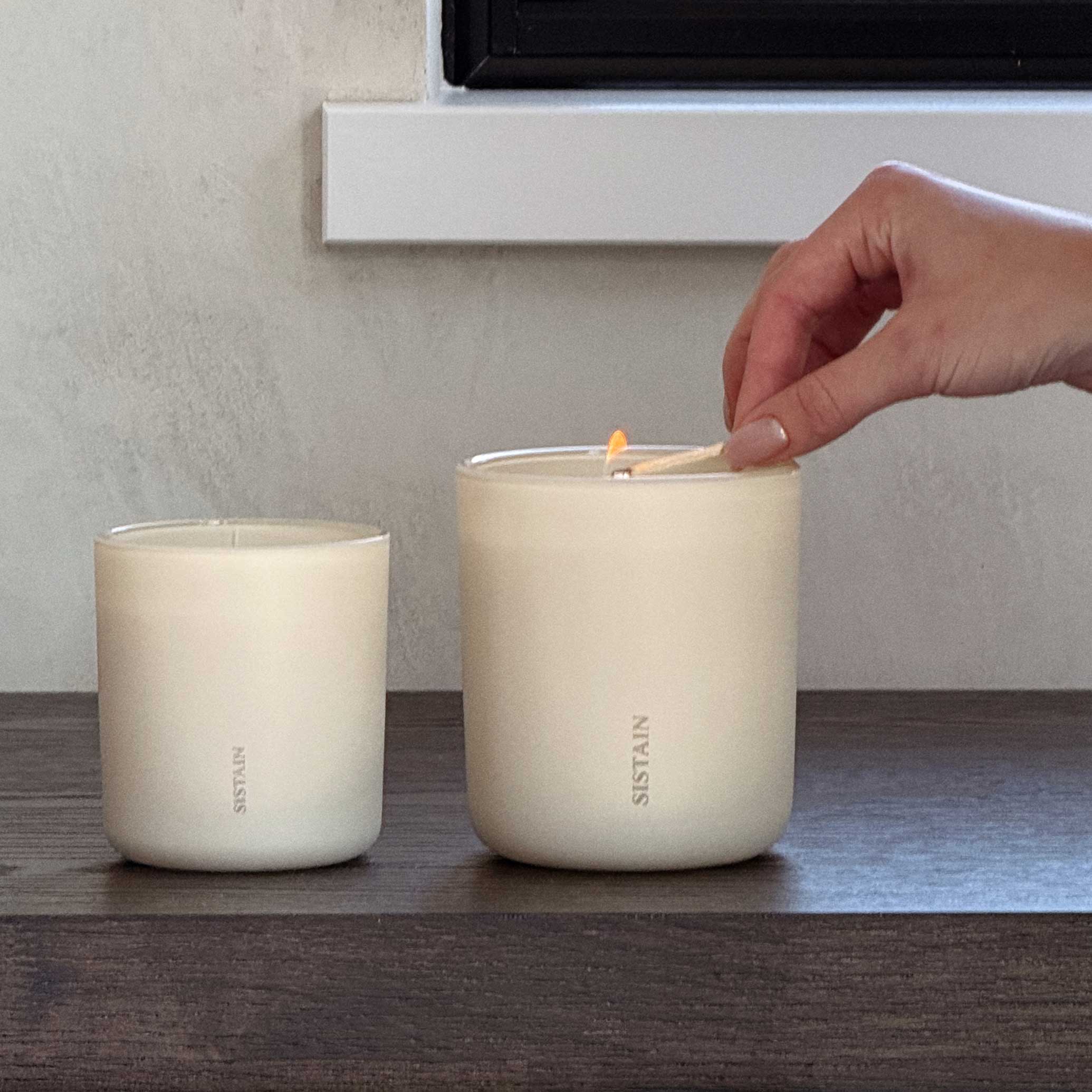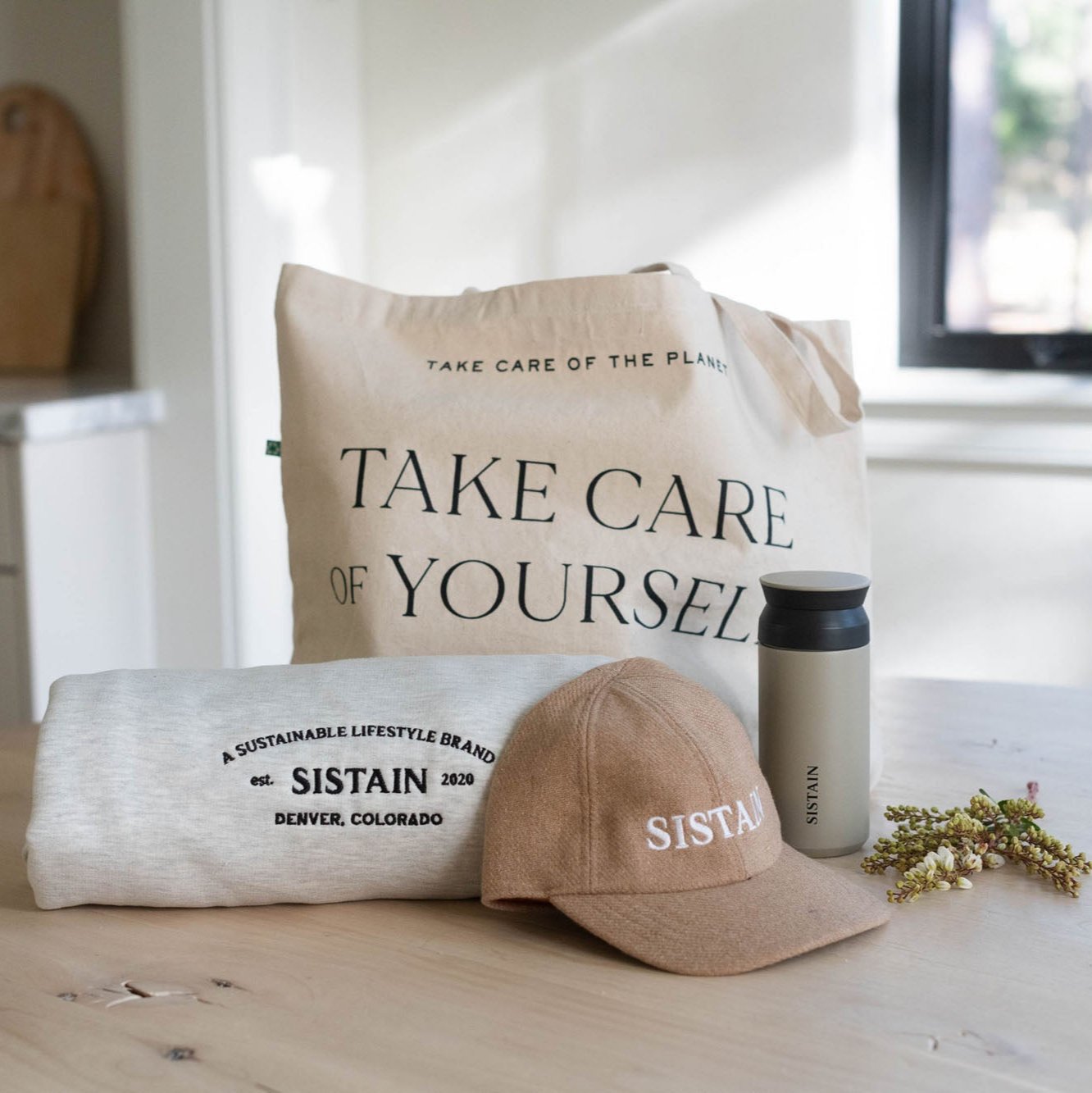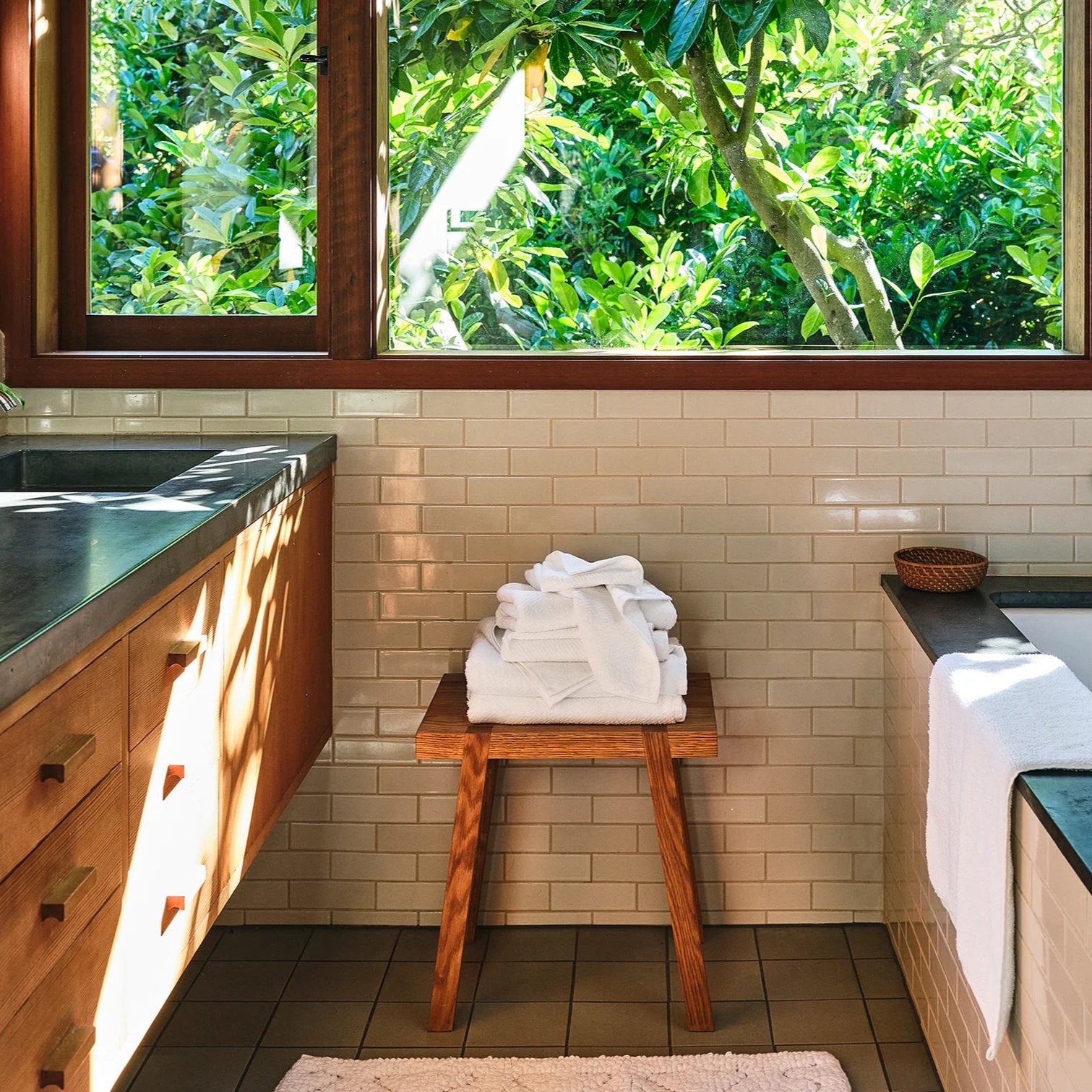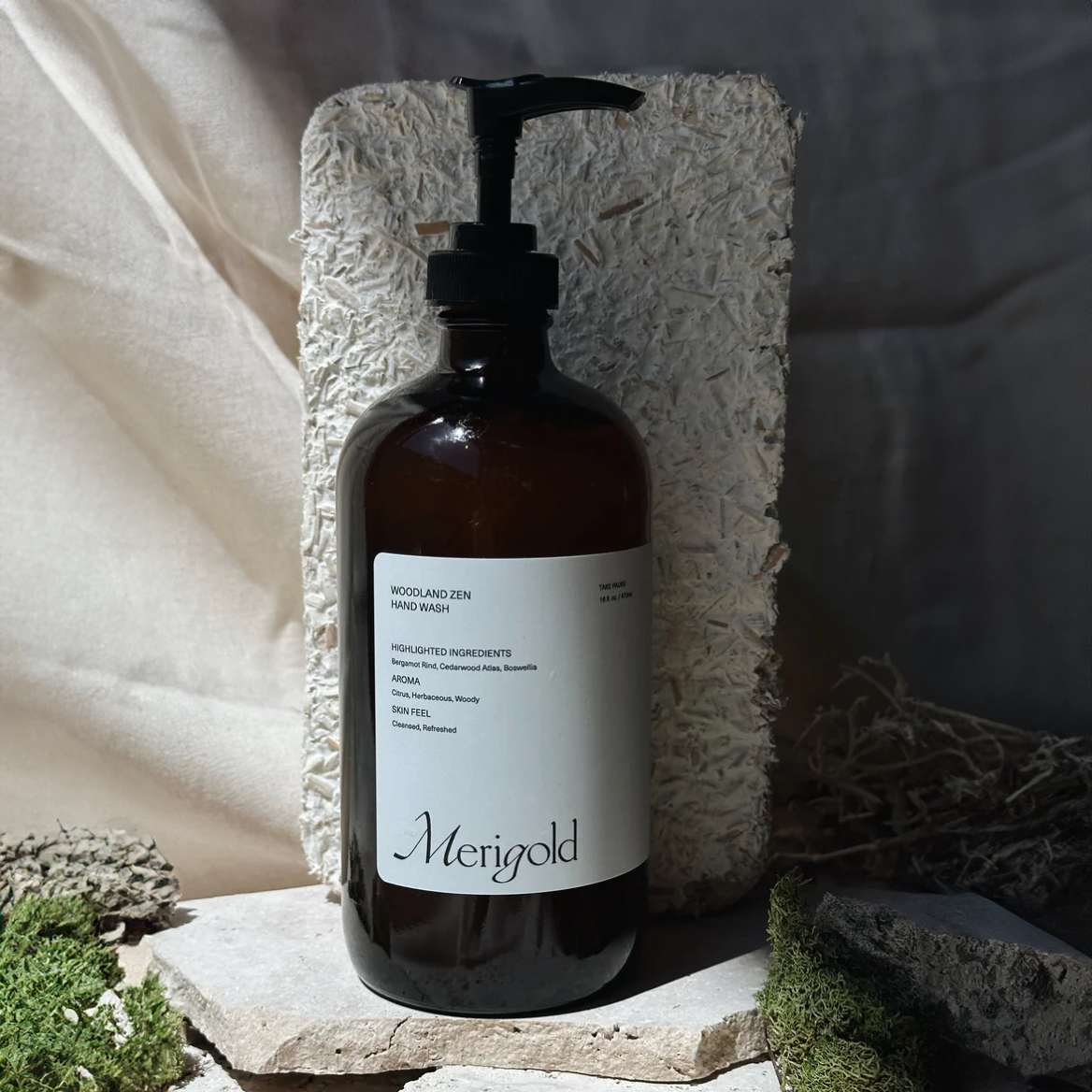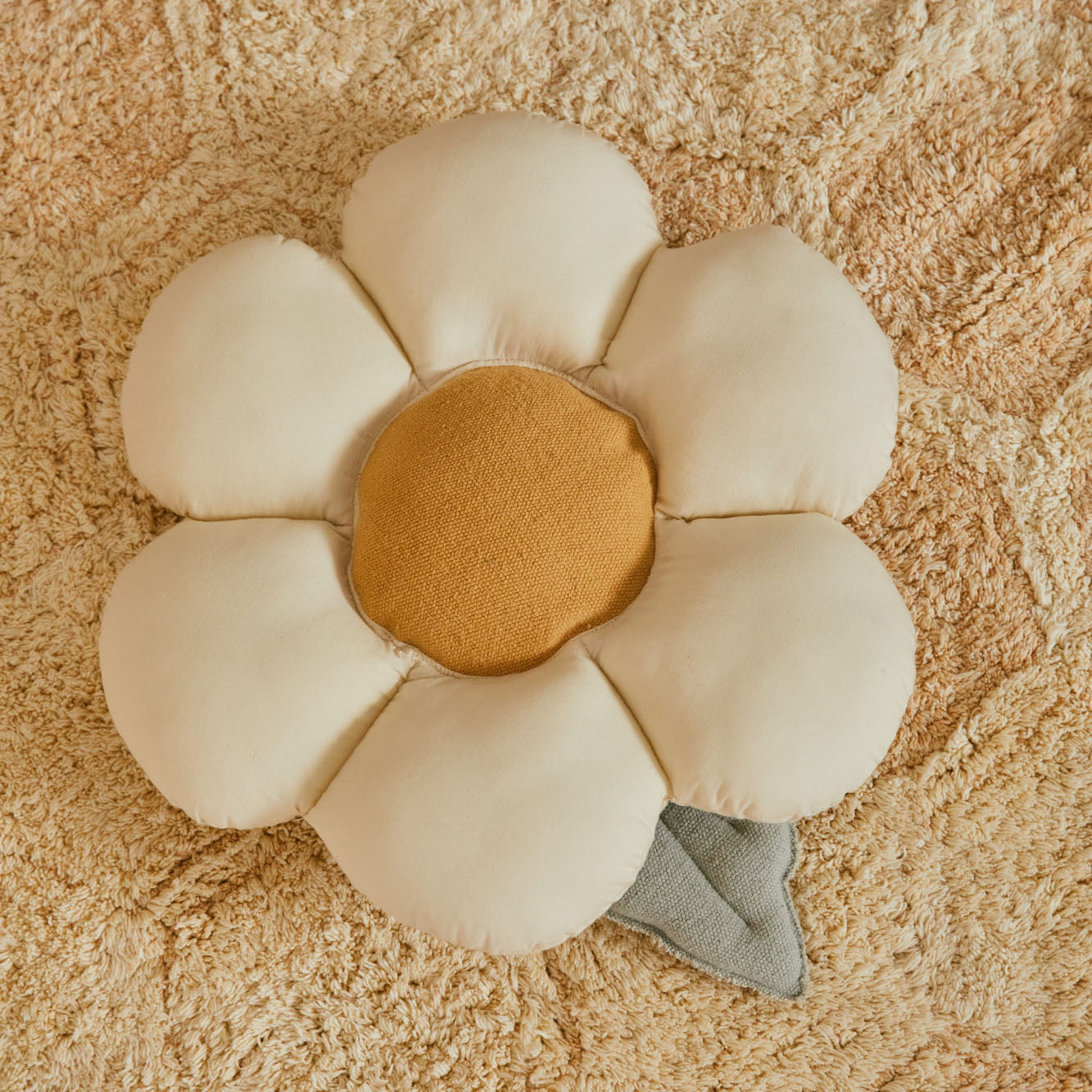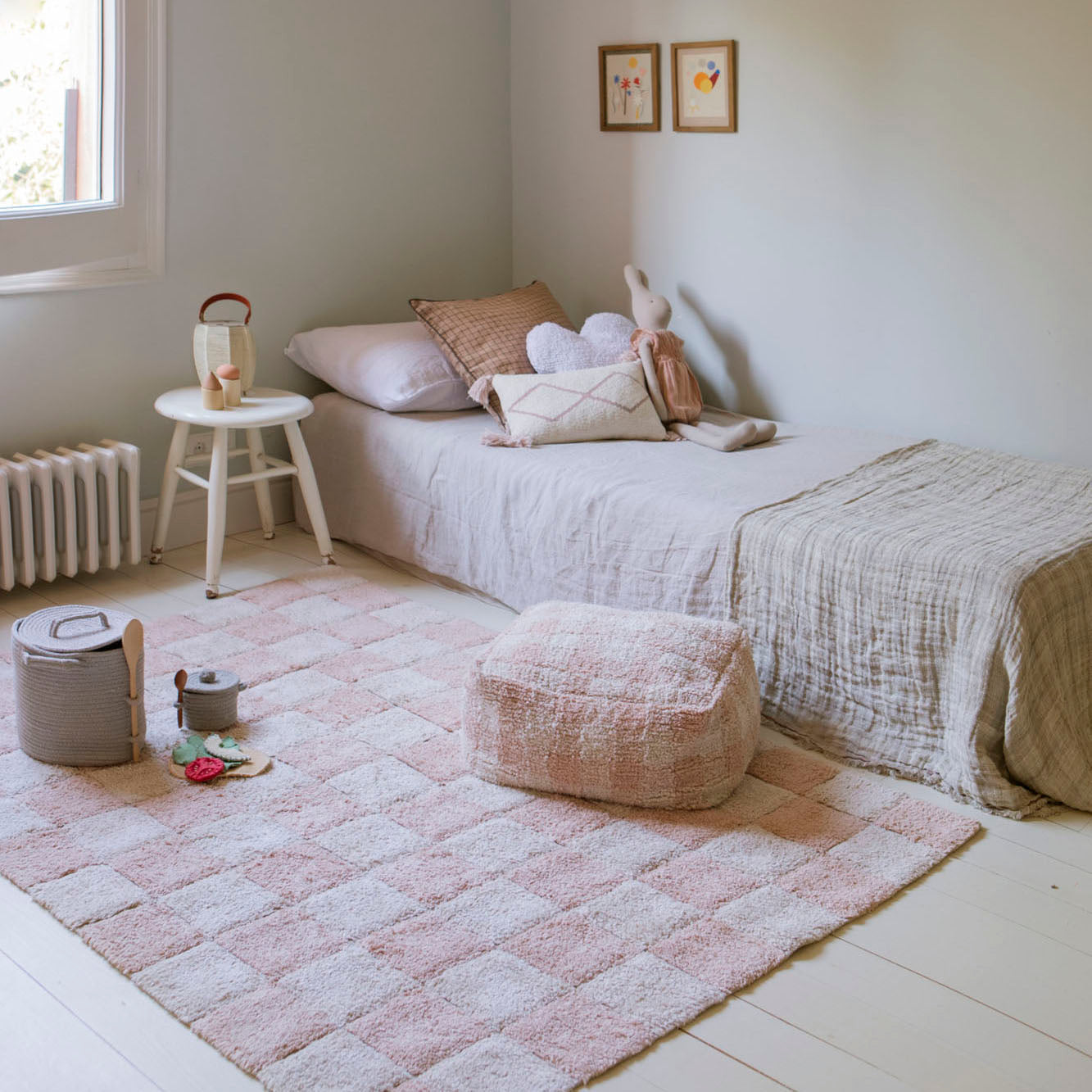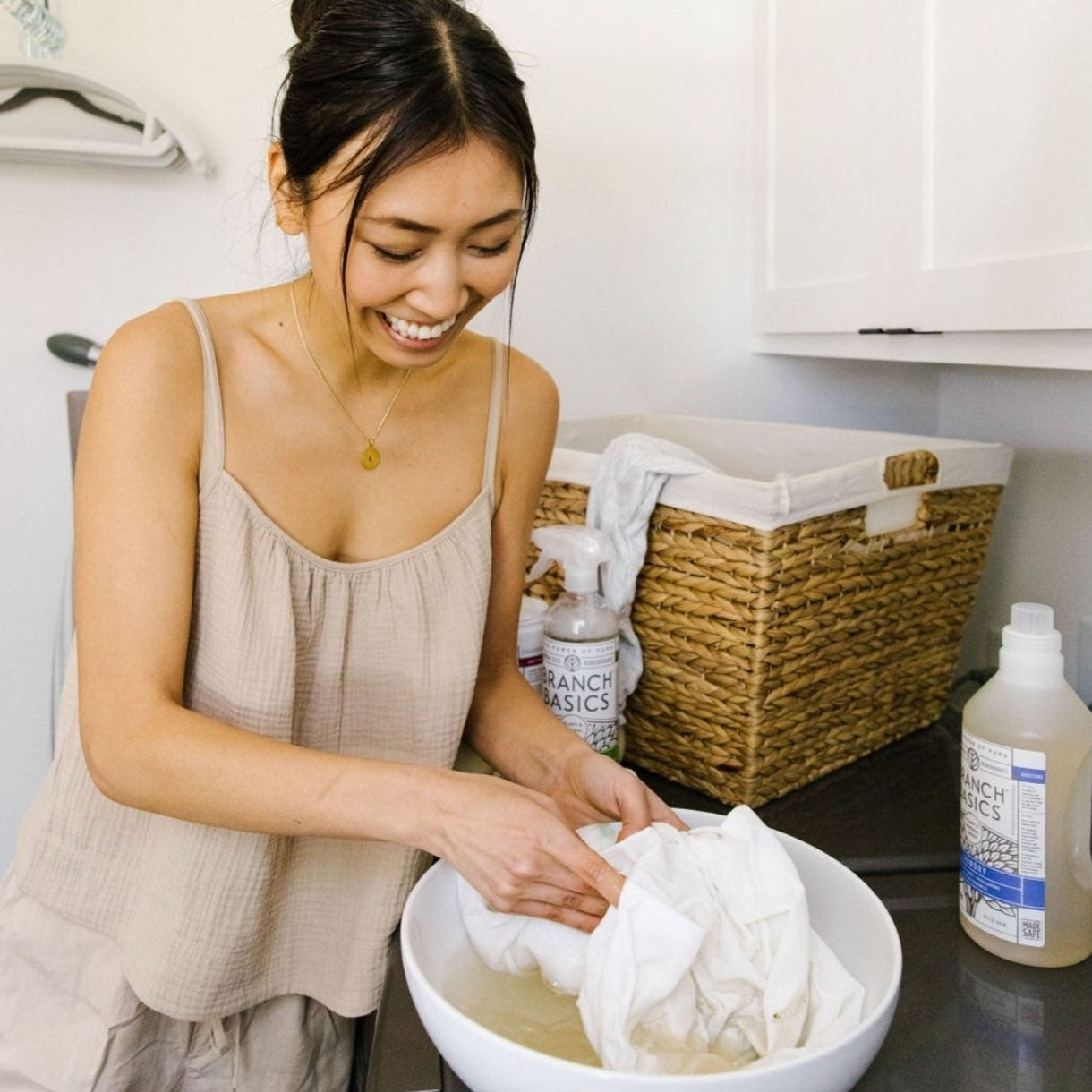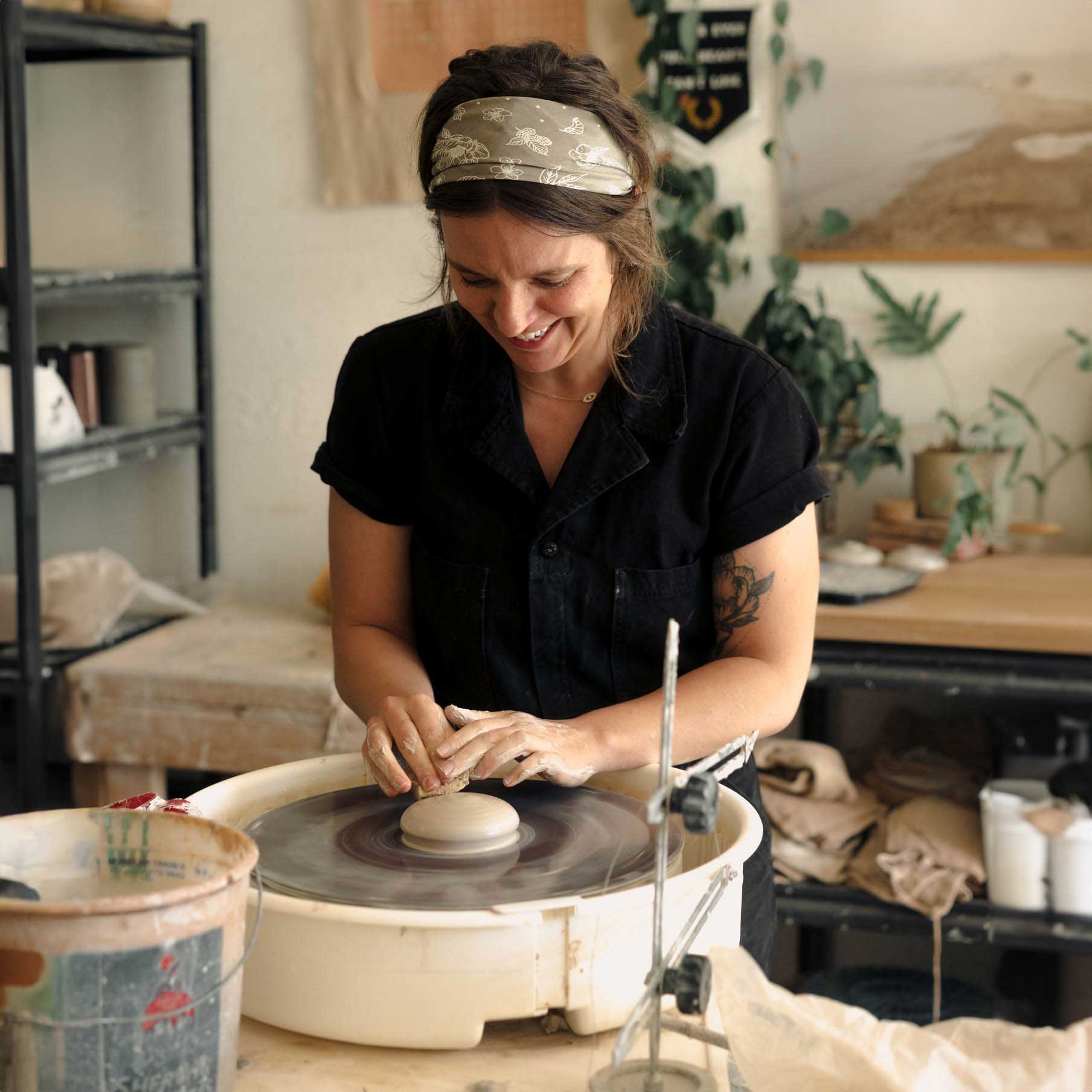What is the Circular Economy?

At SISTAIN, we seek to support brands that are operating with sustainable or circular methods of design, production and manufacturing processes.
The future is circular.
BUT WHAT DOES THIS MEAN EXACTLY?
According to the Ellen Macarthur Foundation: A circular economy aims to redefine growth, focusing on positive society-wide benefits.
It’s a model of economic development that aims to minimize waste and maximize the efficient use of resources. It is based on the idea of "closing the loop" of the traditional linear economy, in which raw materials are extracted, used to produce goods, and then disposed of as waste. In a circular economy, resources are kept in use for as long as possible, through strategies such as recycling, reuse, and refurbishment.
The circular economy emphasizes the importance of designing products and systems that are regenerative, restorative, and resilient, and it aims to create a more sustainable and equitable economy. This approach has the potential to reduce environmental impacts, create jobs, and improve economic competitiveness.
In essence, it reduces the consumption of finite resources and gradually designs waste out of the system by transitioning to renewable energy sources.
THREE GUIDING PRINCIPLES:
Design out waste and pollution
Keep products and materials in use
Regenerate natural systems
TWO CYCLES:
Biological : Where food and biologically-based materials, such as organic cotton or linen, are designed to feed back into the system through regenerative processes like composting.
Technical : Restore products or materials through strategies such as reuse, repair, remanufacturing or (last resort) recycling.
When we transition to a circular economy, we aim to reduce the negative impacts of a linear economy, where waste and pollution only grow. It represents a systemic shift that builds long-term resilience, generates business and economic opportunities, and provides environmental and societal benefits.
HOW ARE YOU ALREADY PARTICIPATING IN IT?
Do you compost?
Do you buy vintage or secondhand?
Do you support sustainable brands, such as Patagonia, who use recycled materials? Or allow for clothes to be traded in or repaired?
Have you ever bought anything made-to-order?
Have you ever checked the label to see if the materials used to create a product was sustainable?
If you answered yes to any of the above, you are already participating in the circular economy.
Small steps can make a big change. Together we can create a more circular economy. One where products consumed are thoughtful, sustainable and meaningful.
ABOUT THE AUTHOR
Jaclyn Tracy's goal with SISTAIN is to make a greater difference by educating, activating and making sustainable consumerism not only easier, but aspirational. She believes success is in the collective impact, getting a whole group of people to change their behavior by committing to choosing sustainable brands, less waste and imperfect progress.
